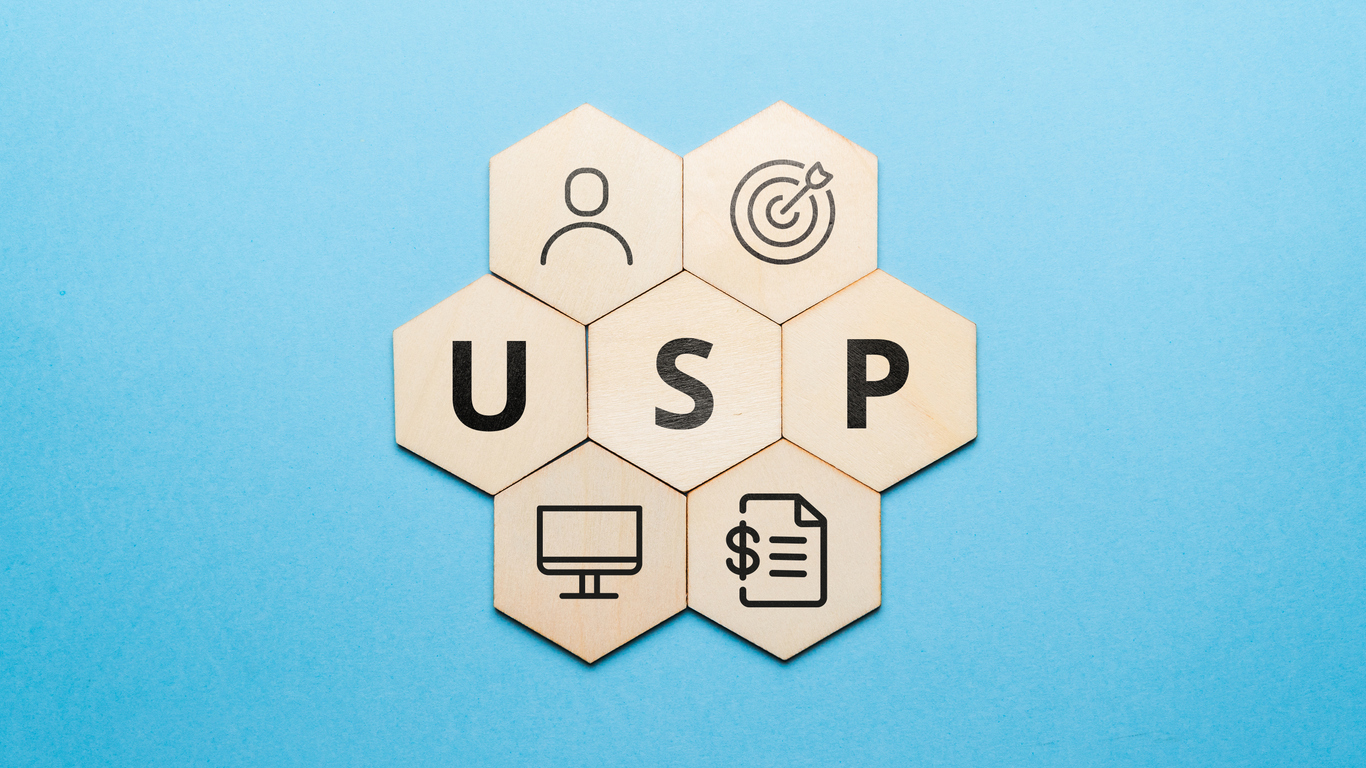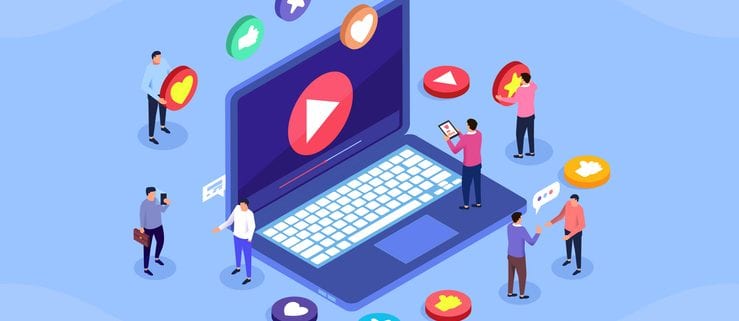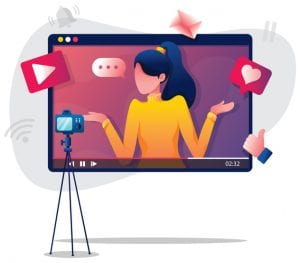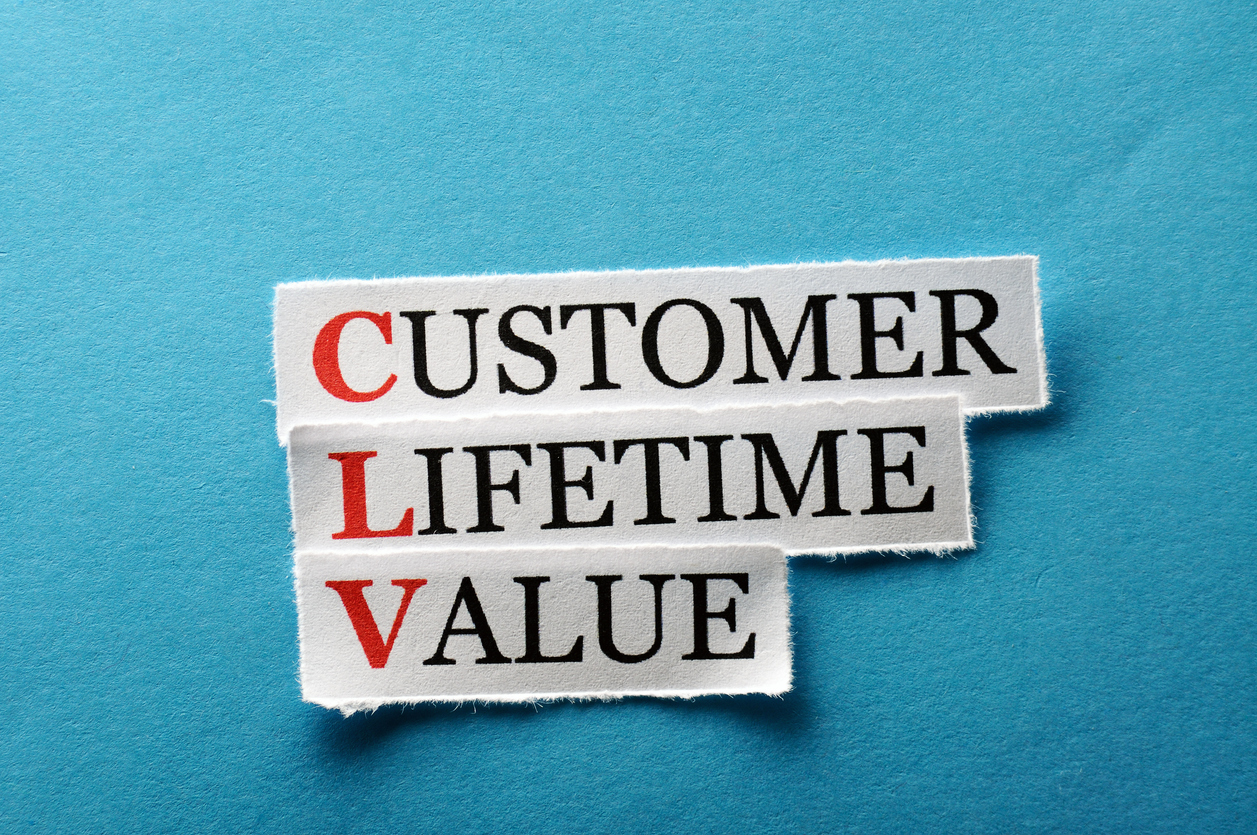
Mastering Marketing Effectiveness: Strategies for Highlighting Your USPs
Understanding and leveraging your unique selling points (USPs) is one of the most important ways you can make your business stand out from the crowd. Marketing effectiveness plays a pivotal role in this endeavor. It enables companies to highlight what makes them distinct and connect with their target audience more deeply and efficiently. But how does one go about uncovering these golden nuggets of marketing prowess? And once identified, how can they be used to drive business success? This article will guide you through the intricate landscape of marketing effectiveness. It highlights the steps to discover your USPs and the manifold benefits they bring to your business strategy.
What is Marketing Effectiveness?
At its core, marketing effectiveness measures how well a company’s marketing strategies achieve their intended outcomes. These intended outcomes can be increasing brand awareness, generating leads, or boosting sales. It’s an assessment of the return on investment (ROI) from marketing efforts, and it relies on several key components:
- Strategic Alignment: Strategic alignment involves aligning marketing goals seamlessly with the overarching business objectives, ensuring that every marketing initiative contributes directly to the company’s success. This requires a deep understanding of the business’s long-term vision and the strategic steps necessary to achieve it, ensuring that marketing efforts propel the business closer to its goals, rather than operating in a silo.
- Target Audience Understanding: Achieving a deep understanding of your target audience entails more than just knowing their demographic information. It also involves grasping their behaviors, preferences, pain points, and aspirations. This comprehensive insight allows businesses to tailor their marketing strategies in a way that speaks directly to the heart of the customer’s needs and desires, therefore enhancing engagement and loyalty.
- Creative Execution: Creative execution is the art of designing marketing messages and campaigns that not only capture the attention of the target audience but also resonate on an emotional level. This involves leveraging insights into the audience’s values and preferences to craft compelling narratives, visuals, and experiences that align with the brand’s identity and values. Ultimately, this fosters a deeper connection with the audience.
- Measurement and Optimization: Measurement and optimization are critical for assessing the effectiveness of marketing strategies and then making necessary adjustments. This continuous cycle involves setting clear, measurable objectives, collecting and analyzing data on marketing performance, and then using these insights to refine tactics, strategies, and campaigns. This iterative process ensures that marketing efforts are always aligned with business goals and are adjusted in real time to respond to changing market dynamics and consumer behaviors.
The Benefits of Effective Marketing
Effective marketing offers a plethora of advantages for businesses, big or small. Here are a few to consider:
- Increased brand visibility: Elevate your brand’s presence and ensure it remains at the forefront of your target customers’ minds, enhancing recognition and recall.
- Enhanced customer engagement: Strengthen the bond with your audience through meaningful interactions. Fostering a sense of loyalty and community around your brand.
- Higher conversion rates: Boost the effectiveness of your marketing efforts to convert a higher percentage of prospects into actual customers by clearly articulating your value.
- Improved ROI: Maximize the return on investment from your marketing initiatives, ensuring each dollar spent directly contributes to the financial health of your business.
However, achieving marketing effectiveness isn’t without its challenges. It requires a clear understanding of your market as well as creative and strategic prowess. Additionally, it requires an ongoing commitment to measuring and refining your efforts.

Discovering Your Unique Selling Points
Your unique selling points are what set you apart from the competition. They are the reasons a customer should choose you over others. Discovering them involves several key steps:
- Market Research: Dive deep into the ecosystem of your industry to grasp fully the dynamics at play. This includes what drives your competitors and the evolving needs of your target audience. Additionally, it includes the latest trends that could impact consumer behavior and preferences.
- Internal Audit: Conduct a thorough examination of what your company does best by evaluating everything that makes your products or services stand out in the marketplace. This includes the quality, pricing, and technological edge, as well as customer support.
- Customer Feedback: Initiate open dialogues with your clientele to understand their perspectives on your offerings. This lets you uncover valuable insights and preferences that might not be immediately apparent from an internal viewpoint.
- Competitive Analysis: Take a close look at your competitors’ strategies and offerings. Pinpoint weaknesses or unmet needs in their approach, and identify opportunities for your business to capitalize on and differentiate itself.
- Synthesis and Definition: Carefully distill the essence of your competitive advantage by merging all collected insights. Define your unique selling propositions in a way that is not only clear and concise but also resonates strongly with your target market.

Leveraging Your USPs for Business Success
Once your USPs are defined, integrating them into your marketing strategy is crucial for driving effectiveness. Here’s how:
- Incorporate into Messaging: Make sure your USPs are front and center in all your marketing materials. This includes your website, advertising, and social media.
- Train Your Team: Ensure everyone in your organization understands your USPs and can communicate them effectively, from sales to customer service.
- Monitor and Adapt: Keep an eye on how well your USPs are resonating with your audience. Be ready to adjust your strategy as needed.
While marketing effectiveness can propel your business to new heights, it’s important to be aware of potential downsides. Overemphasis on certain metrics can lead to short-term gains at the expense of long-term brand health, and an overly aggressive approach can sometimes alienate potential customers. Therefore, a balanced, customer-centric approach is key.
Crafting a Future of Distinction
Remember, in a sea of competitors, your USPs are your beacon of distinction. Use them wisely to illuminate your path forward, engage your audience, and drive your business objectives.
Looking to further explore the intricacies of marketing effectiveness and uncover the unique selling points that will set your business apart? We’re here to help. Contact Us for a free consultation.














